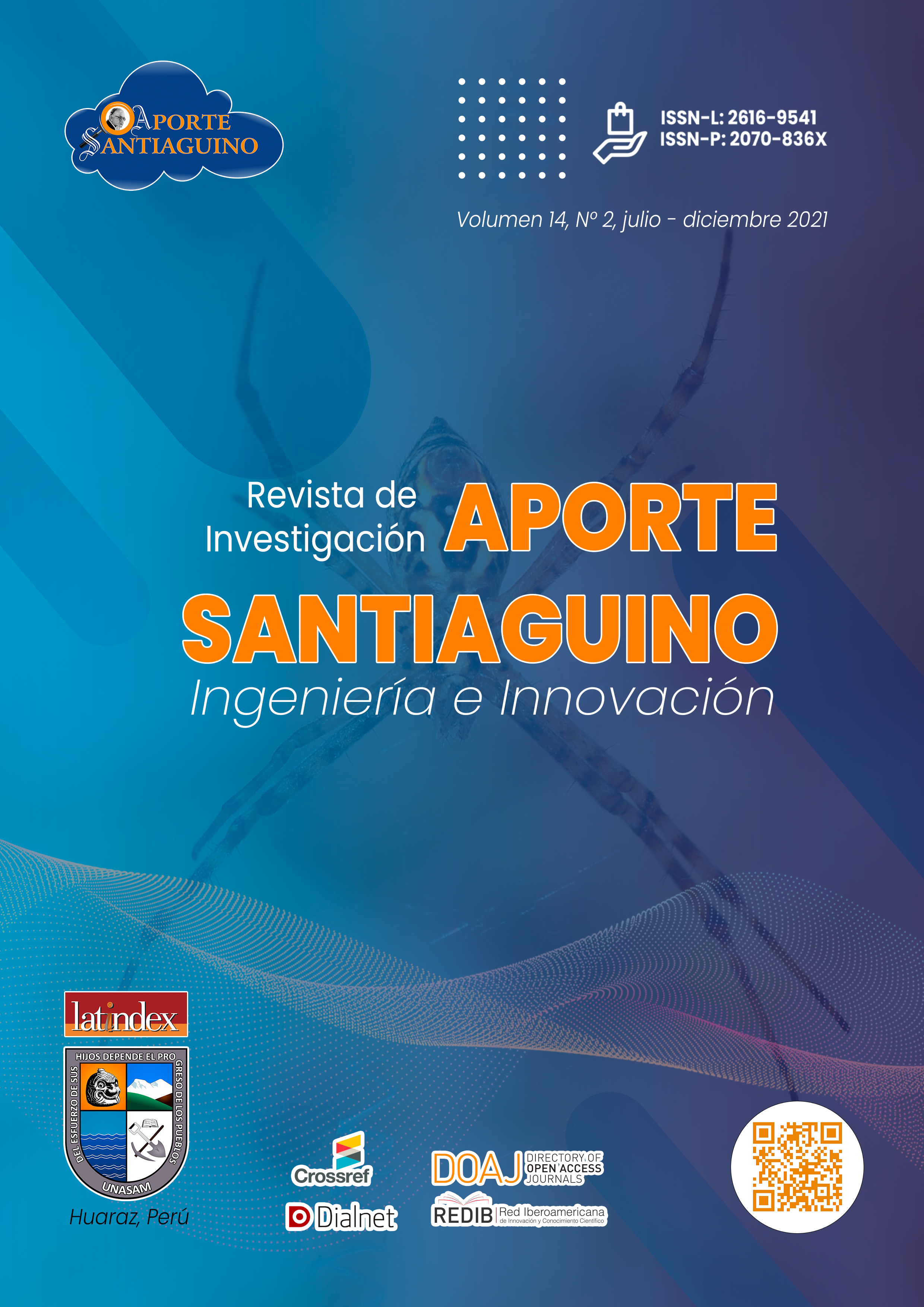Una revisión sobre la diversidad microbiana y su rol en el compostaje aerobio
DOI:
https://doi.org/10.32911/as.2021.v14.n2.822Palabras clave:
Comunidades microbianas; hongos; bacterias; degradación; inoculación; microorganismos endógenos.Resumen
Desde las primeras publicaciones sobre el estudio de los microorganismos en el compostaje, a la actualidad el avance es impresionante, debido a que los métodos microbiológicos y de biología molecular han servido para identificar la estructura de las comunidades microbianas durante el proceso. La interacción de parámetros fisicoquímicas y el tipo de sistema de compostaje, determinan las variaciones en la diversidad y abundancia de las especies microbianas. La actividad metabólica principalmente de bacterias y hongos, permite la degradación de la materia orgánica y contribuyen a la maduración del compost, principal producto del compostaje aerobio. En este proceso, las bacterias son el grupo más abundante, abarcando los Phyla Proteobacterias, Firmicutes, Actinobacterias y Bacteroidetes, seguido por los hongos, principalmente el phylum Ascomycota. El interés en la inoculación del compostaje con microorganismos exógenos, es cada vez mayor, por los beneficios que aportan gracias a su actividad metabólica, principalmente lignocelulolítica y en el mejoramiento de la calidad del compost, disminuyendo el tiempo de compostaje. Se presenta una revisión sobre la diversidad microbiana durante el compostaje y el rol que cumplen los microorganismos endógenos y aquellos inoculadas, con el objetivo de brindar una perspectiva sobre la situación actual y el abordaje de nuevos retos relacionados al potencial empleo de los microorganismos del compostaje.





















